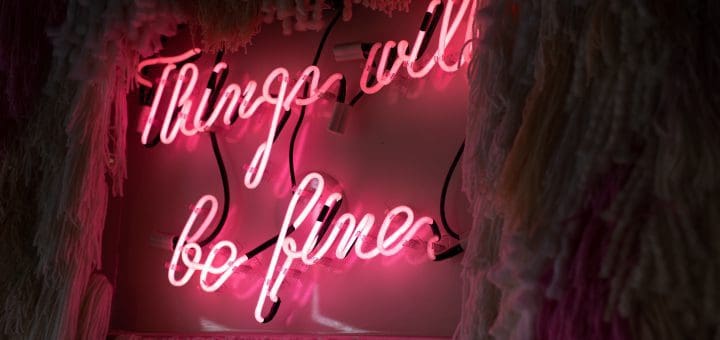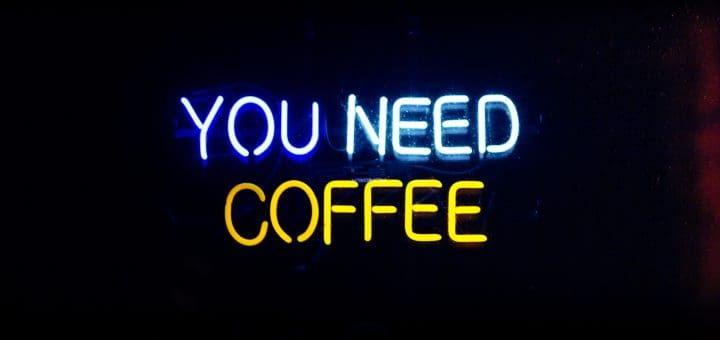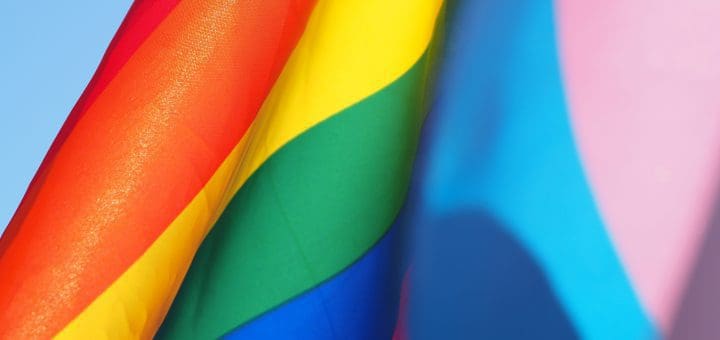Using Books to Learn and Cope with Mental Illness
Maybe you’re a bookworm. Maybe you have “reading more” as one of your plans for the summer. Maybe you read as a hobby and use it as a form of stress relief when you need a break from school and/or work. Whatever the reason, you may be on the lookout for something new to read.











Recent Comments